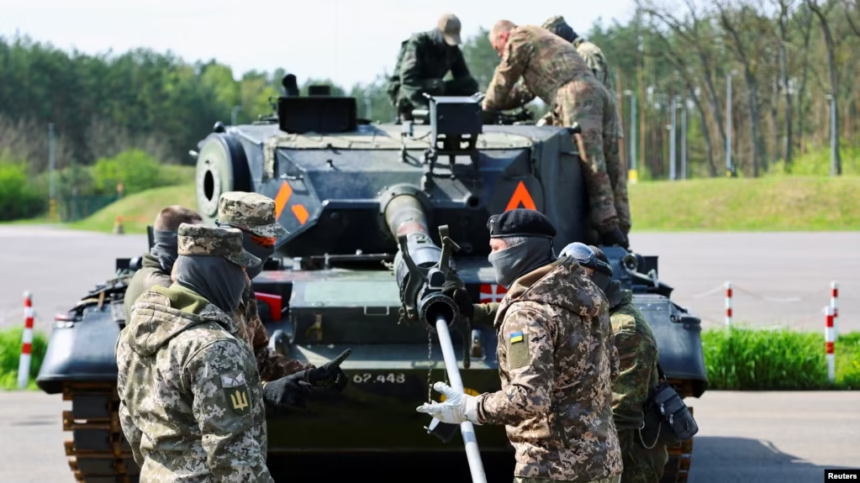The European Union (EU) is exploring the creation of a “Military Schengen” to enable rapid movement of troops and military equipment across member states in the event of armed conflict.
The European Commission has proposed investments in transport infrastructure and reductions in bureaucratic hurdles to accelerate military logistics. The plan also includes harmonizing regulations and improving transport corridors, extending even to candidate countries such as Ukraine and Moldova.
Addressing a Critical Defense Gap
While Europe continues to increase defense spending, a major issue remains under-addressed: how to move military equipment quickly between countries during wartime.
The concept of a Military Schengen, where troops and weapons could move as freely as civilians do within the Schengen zone, has been discussed for years. However, it remains unimplemented by both the EU and NATO, despite the ongoing war in Ukraine.
On 19 November, the European Commission will unveil its latest effort to realize this goal by the end of the decade.
Key Proposed Measures
An advanced copy of the Commission’s plan, reviewed by Radio Free Europe, outlines two main strategies:
- Infrastructure Investments: Upgrades at hundreds of bottleneck points across the continent, including railways, ports, and bridges, integrating candidate countries like Ukraine and Moldova into EU military transport networks.
- Reducing Bureaucracy: Streamlining national legislation and procedures that currently delay the movement of military assets between EU states.
The Commission notes that while EU-NATO cooperation has kept the concept on the agenda, neither organization has fully implemented it.
Funding and Implementation Challenges
For the current multiannual EU budget (2021–2027), €1.7 billion has been allocated to dual-use civil-military transport infrastructure, covering 95 projects in 21 countries. For the next budget period (2028–2034), the Commission proposes €17.65 billion for 500 critical projects, aiming to streamline military mobility across the EU.
The railway network is receiving the highest investment focus. Earlier in 2025, the EU approved four priority corridors—northern, southern, eastern, and central—for military mobility. The northern corridor, linking the Netherlands, Germany, Poland, and Ukraine, is already the most advanced.
Preparatory work is also underway to standardize rail gauges across the EU and candidate countries, ensuring seamless transport of heavy military equipment such as tanks and missiles.
Legislative Reforms
Currently, EU rules are inconsistently applied to military transport, with national regulations varying and military movements often lacking priority. Cross-border permits can take up to 45 days, whereas the Commission aims to reduce this to three days.
Planned reforms include:
- Longer-lasting permits for military movements.
- Exemptions from certain civilian regulations, including traffic bans during holidays and cabotage rules.
- The creation of the European Military Mobility Enhanced Response System (EMERS), which can activate within 48 hours during emergencies, bypassing standard procedures except for customs formalities.
All proposals will require member state approval, often necessitating unanimity.
Strategic Objective
The Eurpean Commission aims to establish an EU-wide Military Mobility Zone by 2027, as a first step toward a full Military Schengen, encompassing regulatory, infrastructure, and operational capacities.
With the growing urgency amid the war in Ukraine, this initiative could be the EU’s most viable opportunity yet to implement a fully functional Military Schengen.





